Until the 17th and 18th centuries, ewers were used to serve drinks.
Generally made of gold or silver precious metal, finely sculpted and chased, it takes the form of an elegantly shaped vase, generally taller than it is wide, mounted on a foot, with a spout and handle.
Its name comes from the word aigue, meaning water in Old French (as does the locality of Aigues-Mortes).
The ewer was widely used throughout the Middle Ages and the Renaissance.
In the 18th century, it was replaced by the crystal carafe and the earthenware water jug.
The water jug was originally designed to serve water on tables. It was also used for washing.
Period: Early 20th century
Dimensions: Height: 33cm - Width: 16cm
Filigree glass is the French translation of the old Venetian term "vetro a filigrana"; this name covers a range of transparent blown glass varieties in which stretched glass threads ("canne") in white or various colors are incorporated. "Latticino" or "Latticinio" is an Italian term that has fallen into disuse and also designates "vetro a filigrana".
This generic term covers three different types of decor: "vetro a fili", in which the "canes" form parallel lines; "vetro a retorti", in which the "canes" are twisted into spirals; and "vetro a reticello", in which the "canes" intertwine to form a mesh, a delicate net in which tiny air bubbles are trapped.
These refined and luxurious Venetian glass techniques appeared during the Renaissance, in the course of the 16th century, from the first quarter of the century to the last quarter, depending on their degree of complexity.
They could be combined with the insertion of gold leaf as well as molding and appliqué, resulting in a precious production of infinite decorative variety.
The princely courts showed a keen interest in the splendid pieces produced in Venice, and encouraged the arrival of Venetian craftsmen.
Since then, filigree glass has never ceased to be favored by glassmakers over the centuries, but the 19th century saw a major revival in its production in Murano, under the impetus of Domenico.


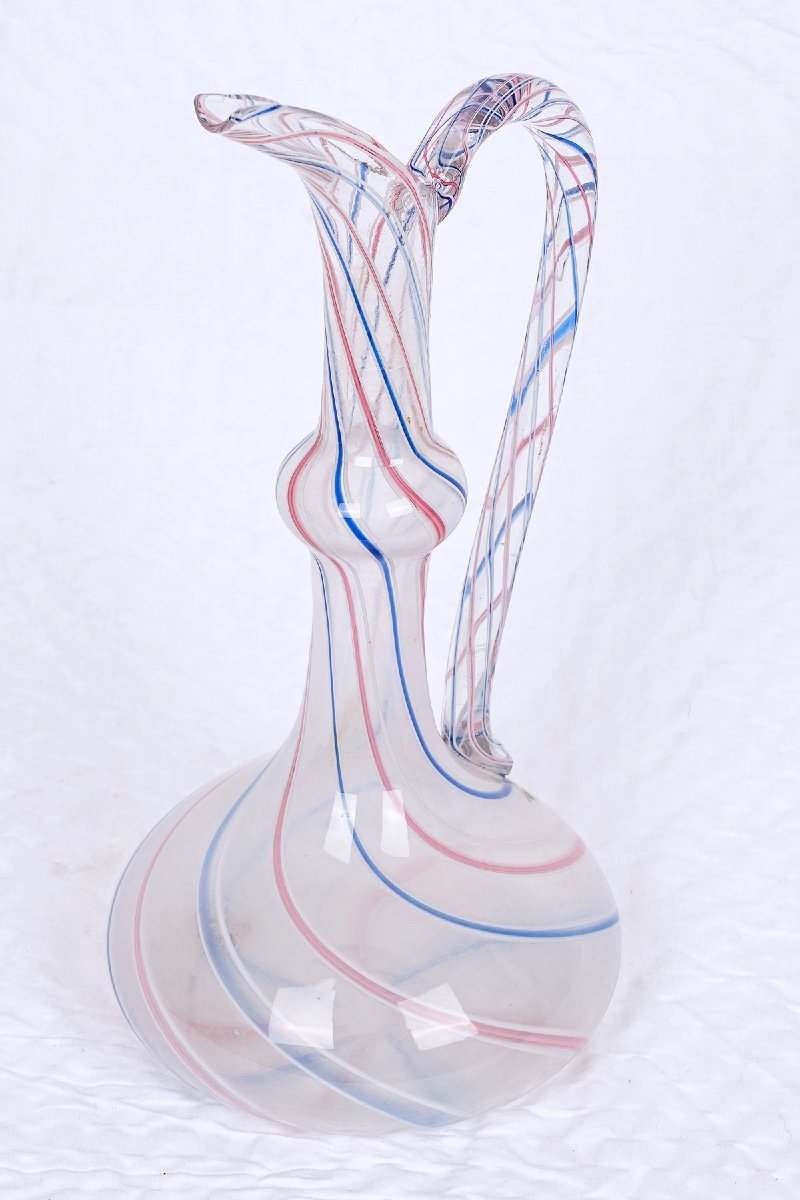
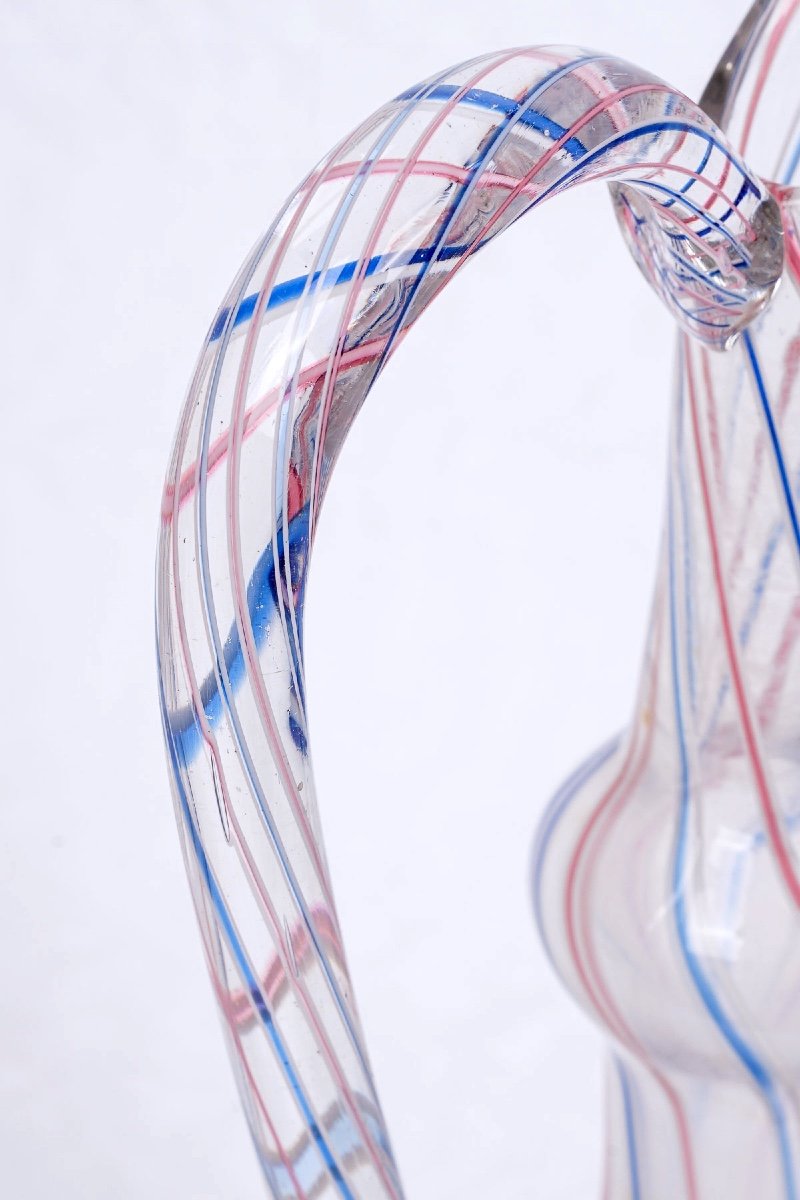
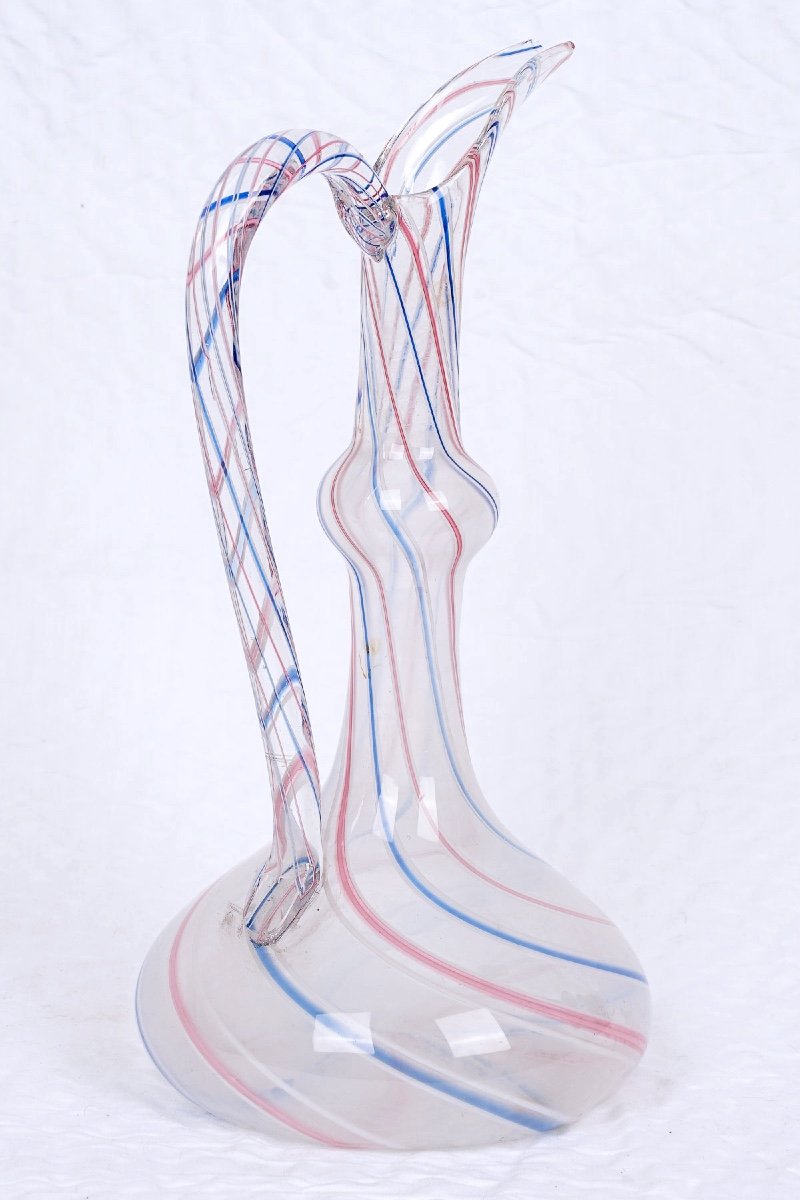
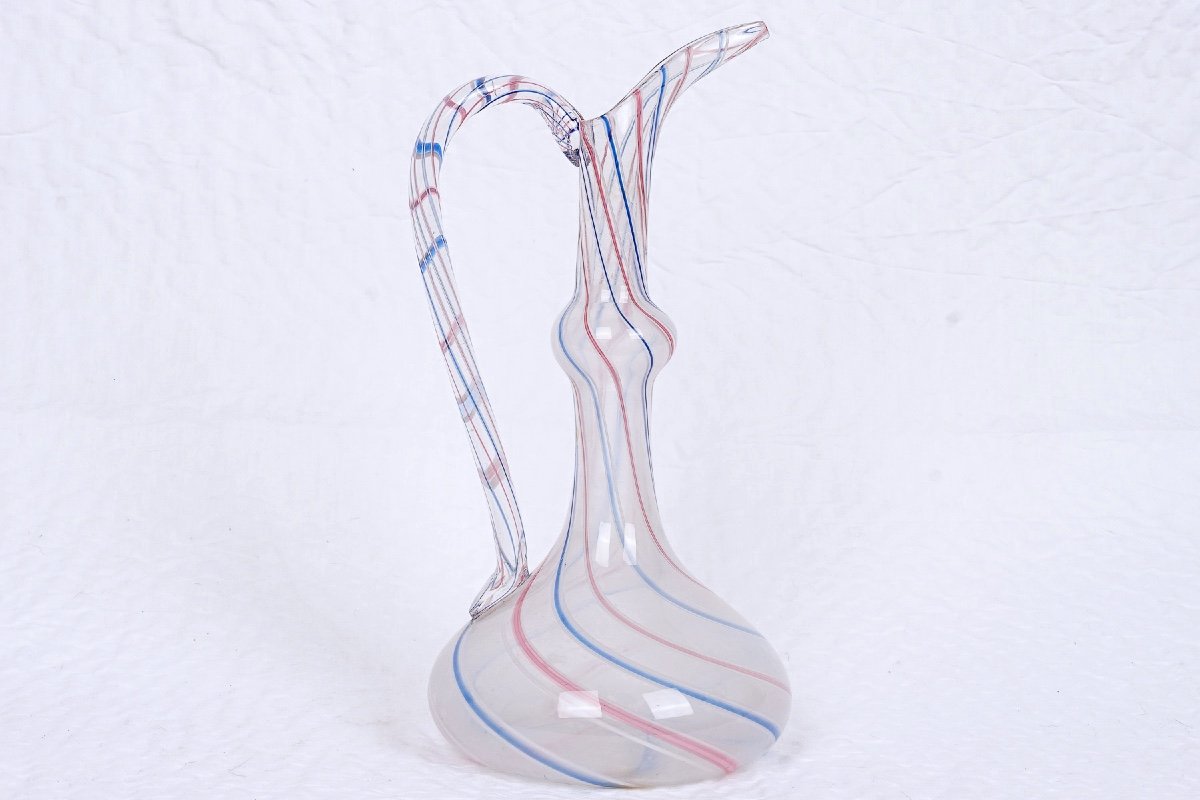
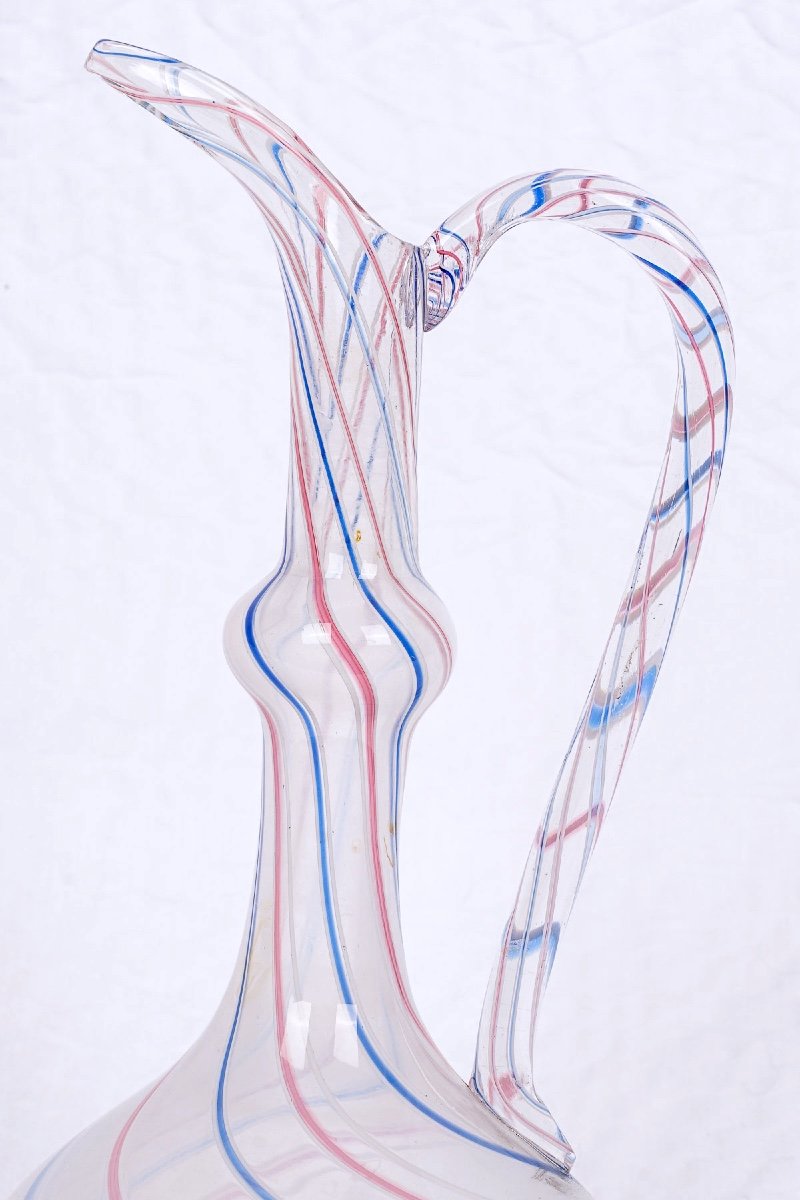
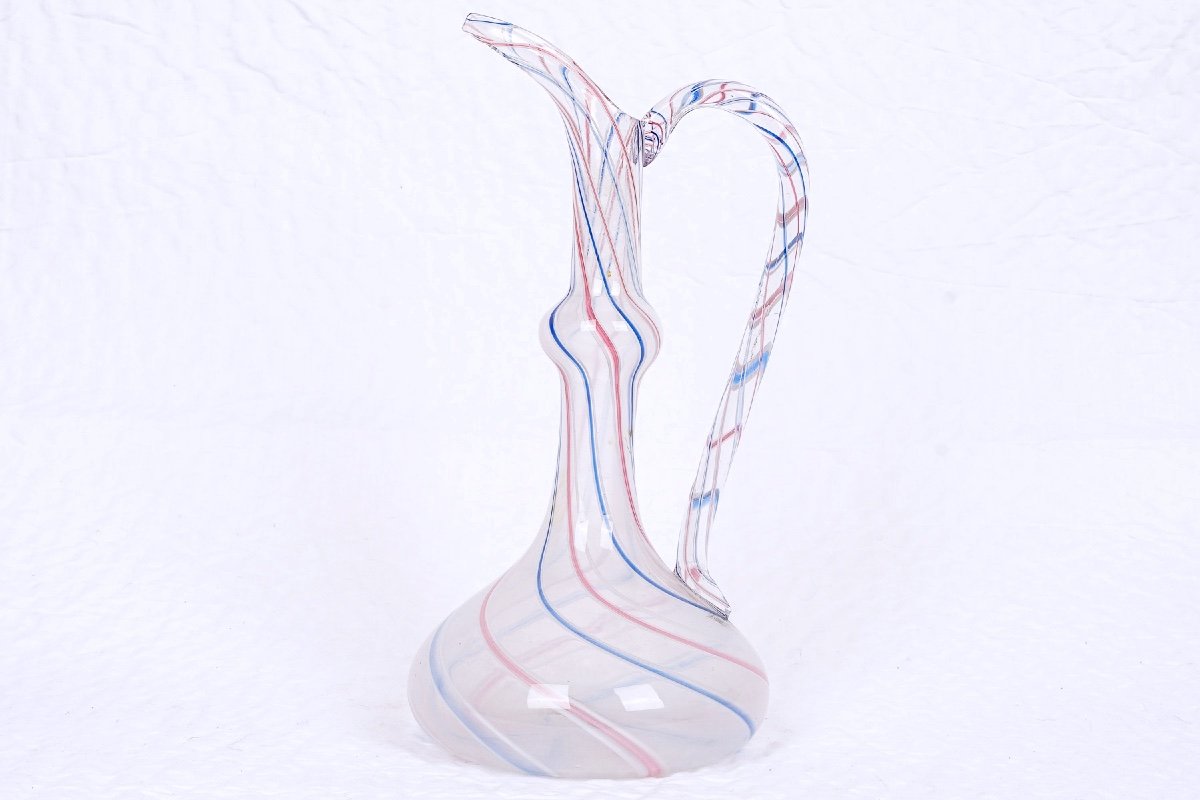
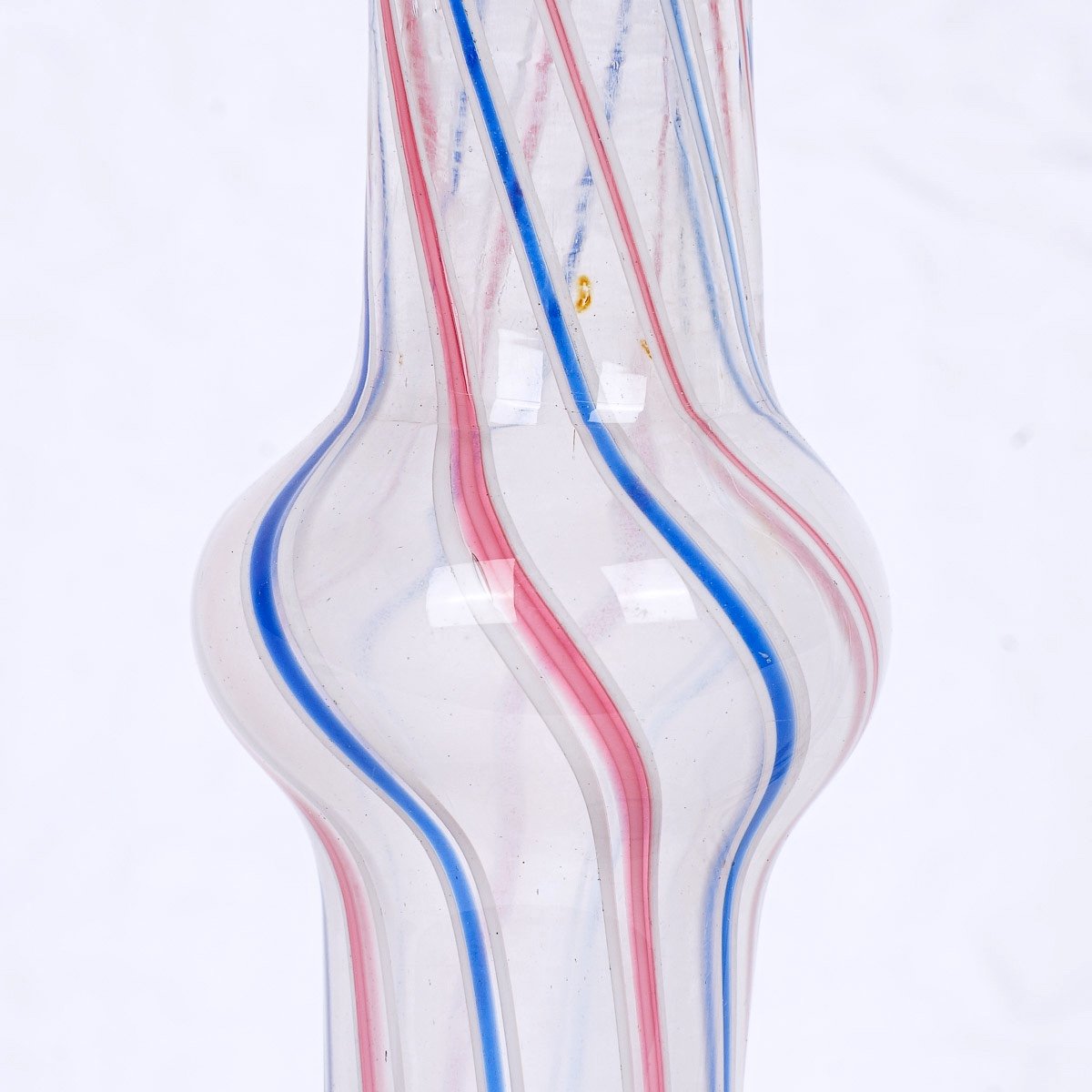










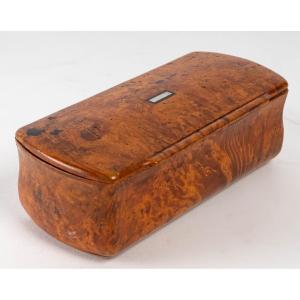
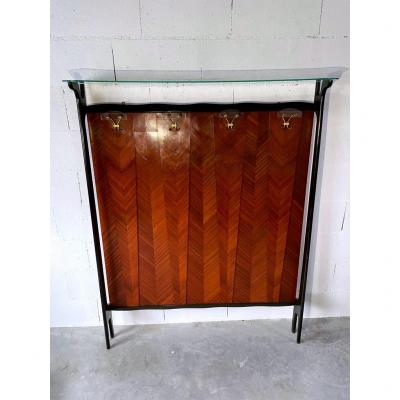
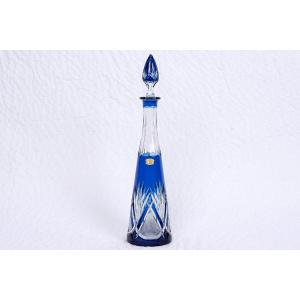

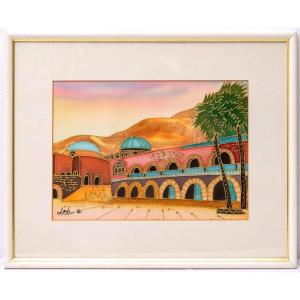
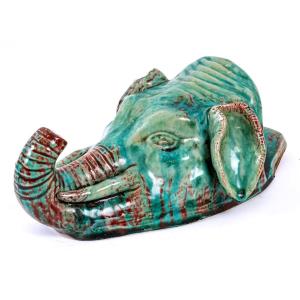
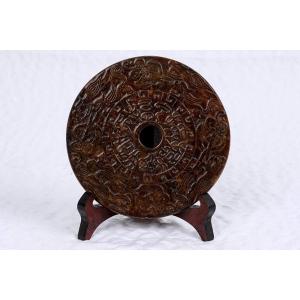
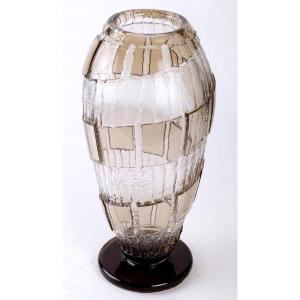


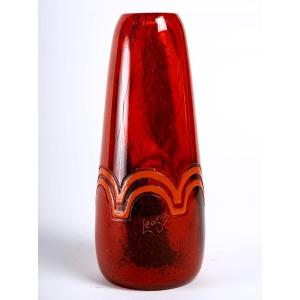
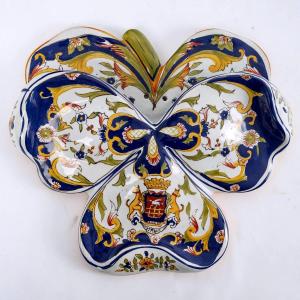
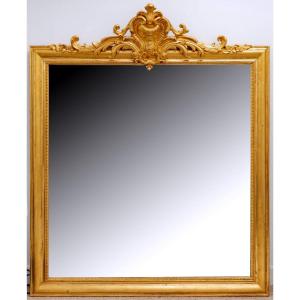

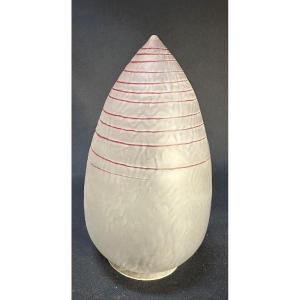

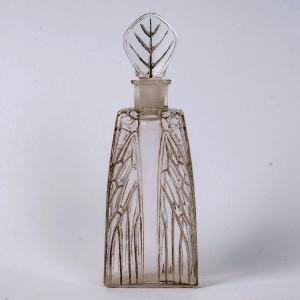
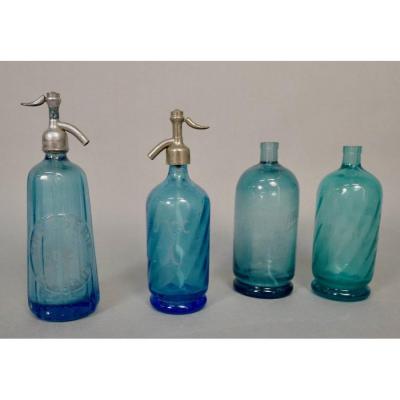



 Le Magazine de PROANTIC
Le Magazine de PROANTIC TRÉSORS Magazine
TRÉSORS Magazine Rivista Artiquariato
Rivista Artiquariato